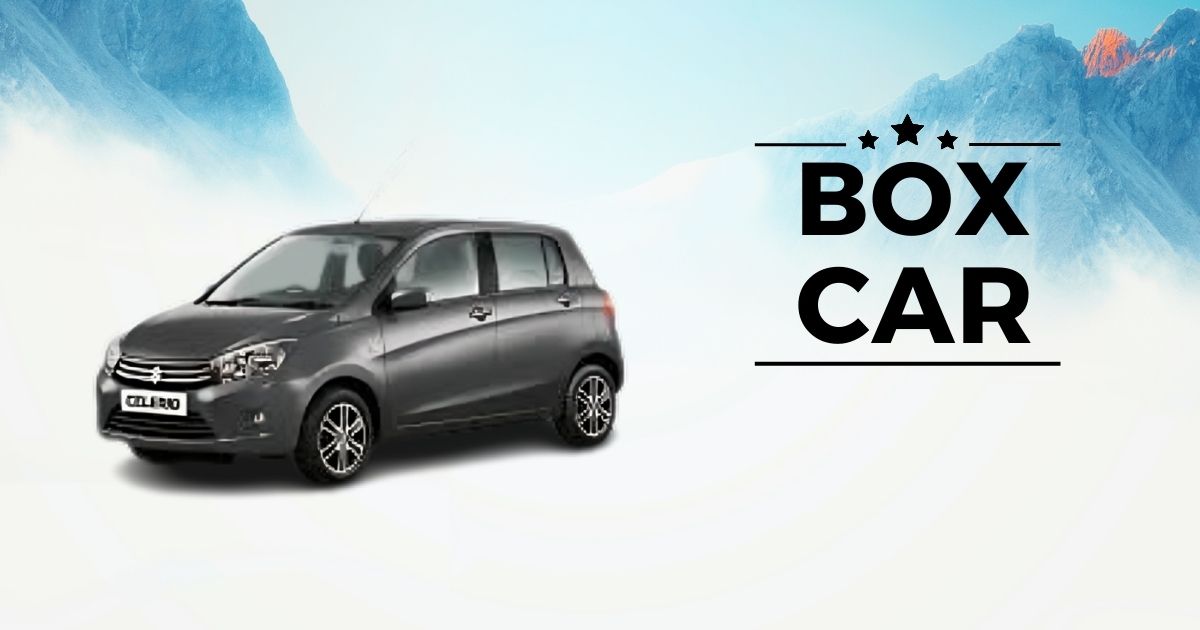Box cars have been an integral part of transportation and logistics for centuries. These rectangular freight carriers, commonly seen on railway tracks, are designed to safely transport goods over long distances. Their simple yet efficient design makes them essential in the modern supply chain. But box car are not just functional; they represent an era of industrial revolution and innovation.
What Are Box Cars?
Box cars are enclosed freight cars used to transport goods like food, machinery, and raw materials. Unlike open freight cars, they have solid walls, doors, and roofs, providing protection against weather and theft. This design makes them versatile and suitable for various industries.
A Brief History of Box Cars
Box cars first appeared in the mid-19th century during the expansion of railway networks. They revolutionized freight transport by offering secure and efficient means of carrying goods. Over time, advancements in materials and engineering further enhanced their capacity and durability.
How Box Cars Changed Freight Transport
Before box cars, transporting goods relied on wagons and open freight cars, which exposed cargo to the elements. Box car introduced a new standard of safety and reliability, ensuring products reached their destination intact. This innovation transformed industries like agriculture, manufacturing, and retail.
Design and Features of Modern Box Cars
Modern box cars are built with steel and equipped with sliding or plug doors for easy loading and unloading. Some include temperature control systems for perishable items, while others feature reinforced walls for heavy cargo. Their design emphasizes durability, efficiency, and adaptability.
Versatility in Cargo Handling
Box cars can transport a wide range of goods, from electronics to grains. Their enclosed design protects against environmental hazards, making them ideal for delicate or valuable items. Industries rely on box cars for their adaptability and capacity to handle diverse cargo.
Environmental Benefits of Box Cars
Rail transport, including box car, is among the most eco-friendly freight options. They produce significantly lower emissions compared to trucks, reducing the carbon footprint of goods transportation. Choosing box car for logistics aligns with sustainability goals.
Challenges in Using Box Cars
Despite their benefits, box car face challenges such as limited accessibility to certain locations and competition from other transport methods like trucks and ships. Maintaining an efficient railway network is crucial to maximizing their utility.
Box Car in Urban Transport
In urban areas, box car contribute to reducing road congestion by transferring goods via rail. This approach minimizes the need for trucks, leading to less traffic and pollution. Cities increasingly rely on box car for sustainable freight solutions.
Impact of Box Car on Global Trade
Box car have facilitated global trade by connecting industries across continents. They enable seamless transport of goods between ports, factories, and markets, strengthening economic ties and boosting commerce worldwide.
Box Car and Technology Integration
Technological advancements have modernized box car, incorporating GPS tracking, automated doors, and advanced braking systems. These innovations enhance efficiency and safety, ensuring timely and secure deliveries.
Maintenance of Box Car
Regular maintenance is vital for box car to function effectively. Inspections for structural integrity, wheel alignment, and brake systems help prevent accidents and ensure long-term reliability.
Box Cas in Pop Culture
Box car often appear in literature, movies, and artwork as symbols of adventure, industrial progress, and nostalgia. They represent a bygone era while continuing to inspire creativity and storytelling.
Future of Box Cars
The future of box cars lies in further integration of green technologies and automation. Innovations like hydrogen-powered trains and AI-based logistics planning will make box cas even more efficient and environmentally friendly.
Conclusion
Box cars have stood the test of time, evolving to meet the demands of modern industries while retaining their core purpose of reliable goods transport. Their impact on trade, sustainability, and culture is undeniable. As they continue to adapt to technological and environmental changes, box car remain a cornerstone of global logistics.
FAQs
- What materials are used to construct box car?
Modern box car are typically made from steel for durability and weather resistance. - How do box car contribute to sustainability?
By using rail transport, box car significantly reduce emissions compared to road-based freight options. - What types of goods are commonly transported in box car?
Box car handle a variety of goods, including electronics, clothing, food, and raw materials. - What advancements have been made in box car technology?
Innovations like GPS tracking, automated doors, and temperature controls have enhanced box car efficiency. - Why are box car important for urban freight transport?
They help reduce road congestion and pollution by shifting goods transport from trucks to rail.


[…] a Kia means embracing a carmaker that delivers affordability, reliability, and innovation. Whether you’re a first-time buyer or a seasoned car owner, Kia […]